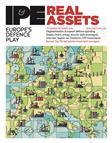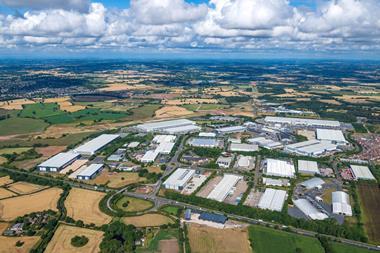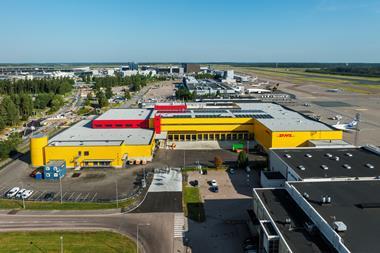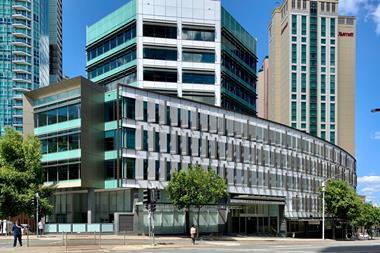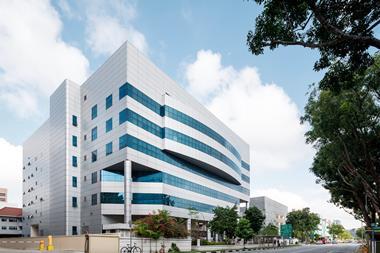Value-add opportunities are expanding into non-traditional sectors, including operationally intensive areas that offer higher returns but require specialised expertise, writes Nabil Mabed
European real estate values have undergone a significant correction and, having stabilised in 2024, are poised for a rebound in the coming years.
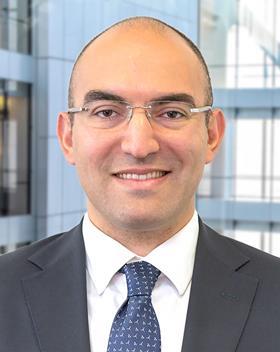
Following a relatively subdued investment and building cycle, supply shortages are emerging – even in segments of the market with resilient demand.
Furthermore, there is a pressing need for capital to modernise existing stock and meet the growing ESG requirements of institutional investors.
The value-add opportunity is broadening to sectors not traditionally seen as part of the investment landscape, including operationally intensive areas that offer higher potential returns but demand more specialised expertise to execute.
To understand the current European value-add opportunity, it’s essential to consider these key factors.
Ongoing growth in non-traditional sectors
Europe’s property market has been through a significant correction over the past few years, with values down by more than 20% in nominal terms and 30% in real terms.
Values stopped falling in 2024 as short-term market interest rates moved lower on the back of central bank easing, putting the brakes on yield expansion. Pricing conditions are set to improve further as cuts continue in 2025.
We expect unlevered headline prime real estate value growth of about 4% per year over the next five years, but parts of the market are set to rebound faster.
In traditional sectors, apartment and logistics markets are set to deliver rental growth-driven value uplifts, while we anticipate ongoing value growth in non-traditional sectors with structural demand expansion like data centres, hotels and alternative living.
In addition, while sentiment toward real estate has improved, debt and equity liquidity remain low, compared to the last cycle. The combination of a significant drop in values and a shift to a higher interest rate environment is giving rise to a significant funding gap. Low liquidity and funding pressures are creating stress around existing capital structures.
Today’s market offers an attractive entry point in terms of being able to selectively acquire assets below valuation and capture immediate upside. Such opportunities are most notable where there are cash flow challenges to overcome, such as a need for further capital investment or a relatively short lease expiry profile.
Capital shortfalls and subdued supply
Before the global financial crisis (GFC), economy-wide investment broadly kept pace with institutional spending but fell short over the past decade. At the same time, capex requirements are rising for institutional-quality real estate, most notably to meet toughening ESG standards.
There is a vast quantity of real estate that is not currently institutionally held, but that will need significant investment in the coming years.
Financing such investment for smaller, existing owners is now much harder, favouring investors with significant expertise and high liquidity. Given the scale of the shortfall, our expectation is that the opportunity to modernise and institutionalise existing stock will remain substantial throughout the next cycle.
Trends in new supply mirror the broader investment picture – as the pace of additions has been much lower since the GFC. Sentiment toward development among investors remains subdued, and new supply continues to be limited by factors such as higher build costs and constraints around access to development finance.
These effects will weigh on supply deliveries for several years due to lags in the construction process.
Low supply makes sense in parts of the market facing demand headwinds, but supply growth is also low in parts of the market where demand is resilient and/or rising – housing, data centres, senior living, CBD offices, and hotels, for example. We anticipate further supply shortages to arise, giving owners greater pricing power to drive rental growth.
Adapting to the new landscape
There are two principal routes by which we see the value-add opportunity set expanding in response to changing patterns of investing across the board.
The first route is via a shift away from traditional leased real estate – such as retail, big box logistics, and for-rent apartments – toward non-traditional real estate sectors that are typically more operational in nature, including hotels, student accommodation, co-living, senior living, self-storage, and co-location data centres.
The shift toward a greater degree of operational real estate exposure in the investment landscape is already underway. In 2024, the share of investment activity for operational sectors and land plays rose to one-quarter of all investment activity, up from a historic average of about 15%.
The second route is geography, as the trend of institutionalisation plays out in markets such as Italy and Spain, which are underinvested compared to major core European markets.
However, there are challenges value-add investors face that are specific to today’s environment. In addition to the need to look beyond a portfolio focused on traditional assets and locations to drive growth, the rate environment is also a major factor to consider. While interest rates have come down, they are still much higher than in the last cycle.
This means the potential boost from leverage and value growth from yield compression is much lower than in the last cycle.
Returns will predominantly be driven by factors relating to income growth and cash flow durability, rather than market yield shift.
To read the latest IPE Real Assets magazine click here.

